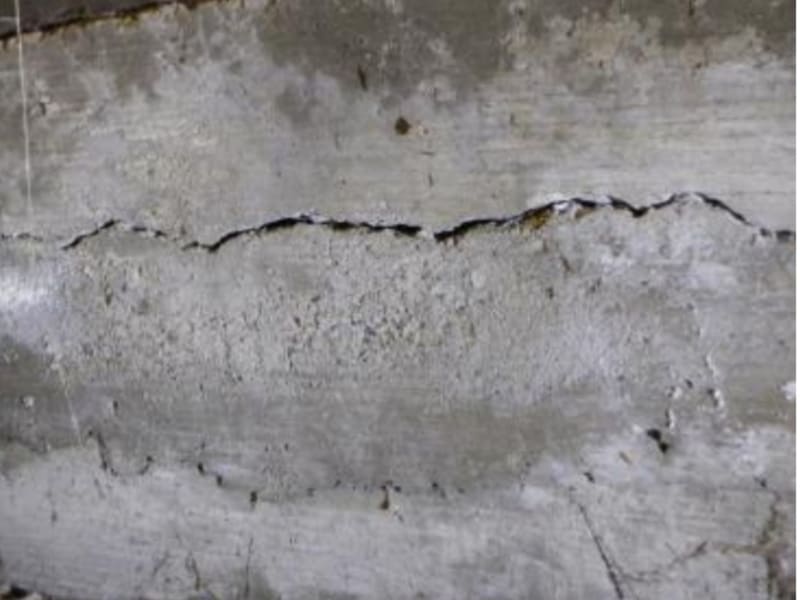GhieBau
Mechanical
- Feb 15, 2020
- 4

Hello! Hoping someone can answer this question. I found a horizontal crack in the foundation, 6 to 7 feet in length, 3/16 of an inch in its widest point. I just want to verify if silicone is adequate to fix this as advised by the contractor? Thank you for the guidance.
